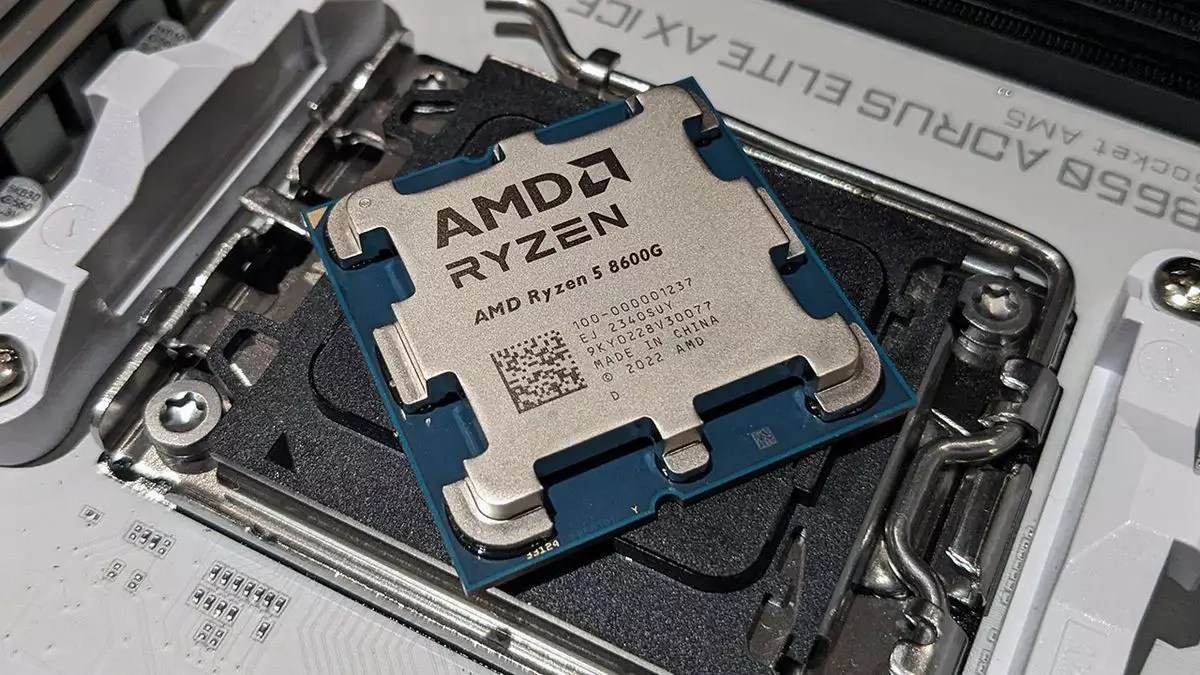The recent sightings of AMD’s Ryzen Pro 7300G and 7500G chips have left many scratching their heads. These chips, which deviate from the typical naming conventions of the 8000-series “G” SKUs, have raised questions about AMD’s approach to naming its processors. With the recent introduction of the Ryzen 7 8700G, Ryzen 5 8600G, Ryzen 8500G, and Ryzen 3 8300G chips, the appearance of the 7000G-series chips seems out of place.
The inclusion of the “Pro” business moniker in the names of the Ryzen 7300G and 7500G chips only adds to the confusion surrounding AMD’s naming schemes. While these chips may have been early versions of the 8500G and 8300G processors before being rebranded as part of the 8000-series, the decision to introduce them under the “Pro” label raises questions about their intended market and performance capabilities.
In a surprising move, AMD also introduced a couple of “F” chips into the 8000-series line-up earlier this year. The Ryzen 7 8700F and Ryzen 5 8400F chips, which feature disabled graphics, blur the line between APUs and CPUs. This departure from AMD’s traditional naming conventions mirrors Intel’s nomenclature, further complicating the landscape of processor naming schemes.
With the release of the Ryzen 9000-series chips, AMD has taken a generational leap in its processor lineup. While the Ryzen 7000-series chips continued to offer a blend of CPU and GPU capabilities, the Ryzen 9000-series marks a return to a focus on pure CPU performance. This shift in focus may correspond to changes in motherboard compatibility, with the expected release of 800-series motherboard chipsets for the 9000-series CPUs.
In contrast to AMD’s somewhat convoluted naming schemes, Intel is also facing challenges in its branding strategy. The transition from Core 15th Gen naming to Core Ultra 200-series branding reflects Intel’s attempts to streamline its product offerings. However, the move away from traditional naming conventions may create confusion among consumers who are accustomed to Intel’s previous naming schemes.
As consumers navigate the complex landscape of processor naming schemes, it’s clear that both AMD and Intel are facing challenges in effectively communicating the capabilities of their products. The introduction of new chips like the Ryzen Pro 7300G and 7500G, along with the evolution to the Ryzen 9000-series, highlights the ongoing need for clarity and consistency in naming conventions. As technology continues to advance, manufacturers must find ways to simplify their naming schemes to help consumers make informed purchasing decisions.


Leave a Reply